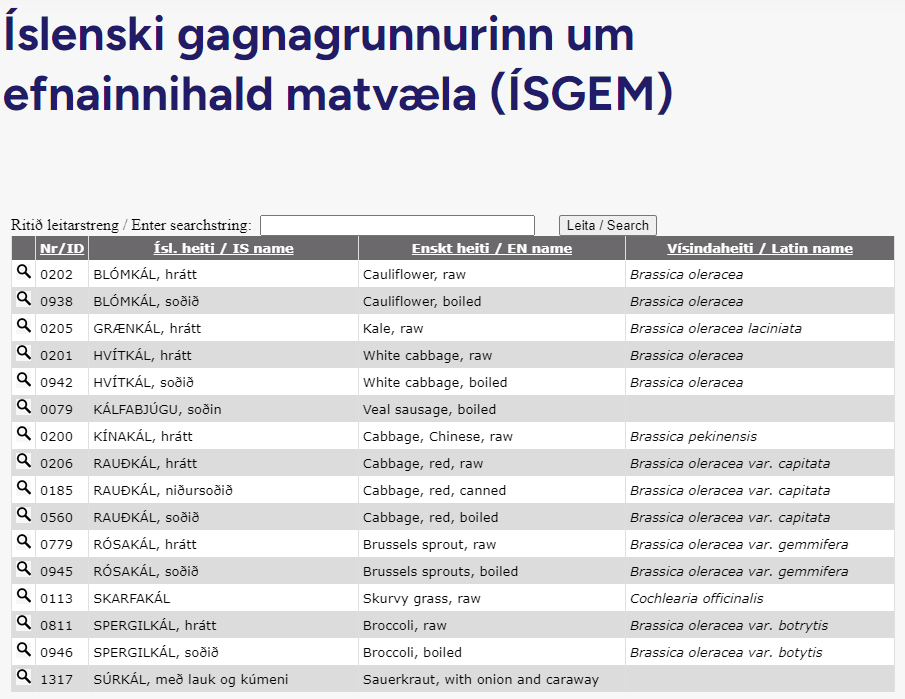International agreements recognize the importance of cooperative scientific research to conserve and promote sustainable development of a shared Atlantic Ocean. In 2022, the All-Atlantic Ocean Research and Innovation Alliance Declaration was signed. The All-Atlantic Declaration continues and extends relationships forged by the Galway Statement on Atlantic Ocean Cooperation and the Belém Statement on Atlantic Ocean Research and Innovation Cooperation. These efforts are consistent with programs, actions, and aims of the United Nations Decade of Ocean Science for Sustainable Development. In preparation for implementation of the All-Atlantic Declaration, members of the Marine Microbiome Working Group and the Marine Biotechnology Initiative for the Atlantic under the Galway and Belém Statements respectively, joined forces to call for cooperation across the Atlantic to increase marine microbiome and biotechnology research to promote ocean health and a sustainable bioeconomy. This article reviews the goals of the marine microbiome and biotechnology initiatives under the Galway and Belém Statements and outlines an approach to implement those goals under the All-Atlantic Declaration through a Blue Biotech and Marine Microbiome (BBAMM) collaboration.
Höfundur: admin
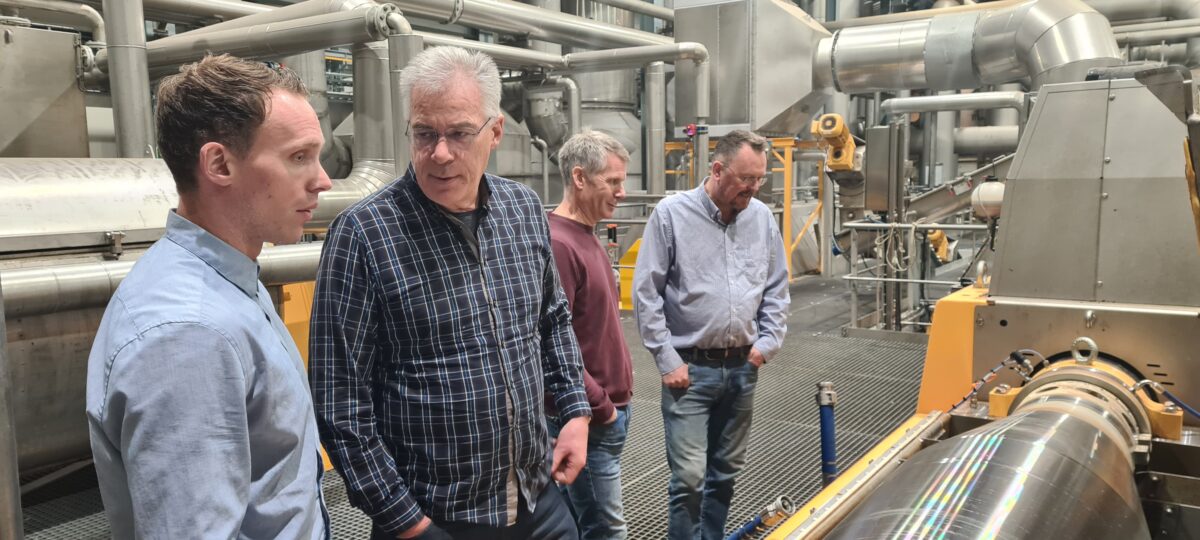
Tveir af sviðsstjórum Matís, þeir Guðmundur Stefánsson og Jónas R. Viðarsson, voru á faraldsfæti í síðustu viku og heimsóttu nokkur vel valin matvælaframleiðslufyrirtæki á Austfjörðum. Með þeim í för var svæðisstjóri Matís á Austurlandi, Stefán Þór Eysteinsson, sem jafnframt er fagstjóri fyrirtækisins á sviði lífmassa og mælinga.
Fyrirtækin sem sótt voru heim voru Síldarvinnslan, Eskja, Loðnuvinnslan og Búlandstindur. Tekið var einstaklega vel á móti hópnum hjá öllum fyrirtækjunum, og lögðu fulltrúar þeirra mikla áherslu á mikilvægi þess að Matís sé með sterka starfsstöð sem veiti góða þjónustu í nærsamfélaginu. Enda er útibúið skipað einvalaliði sem leggur metnað sinn í að þjónusta fyrirtækin á svæðinu.
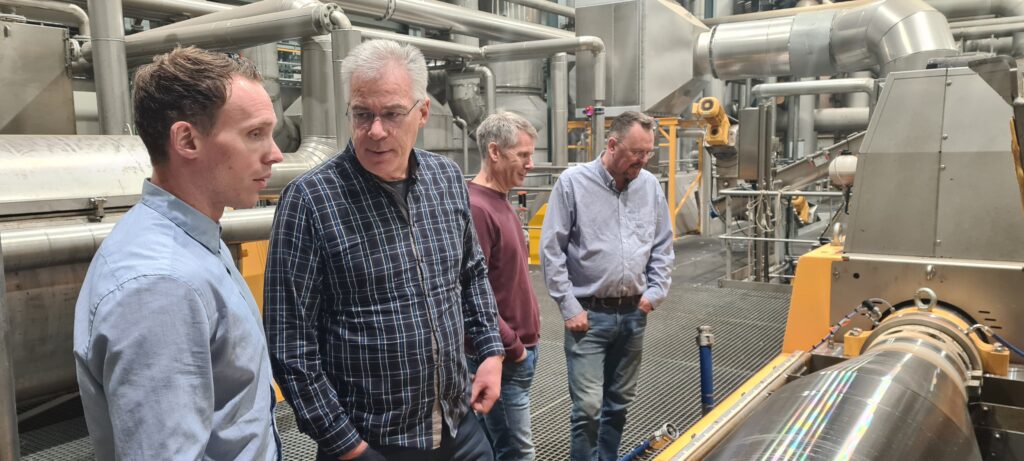
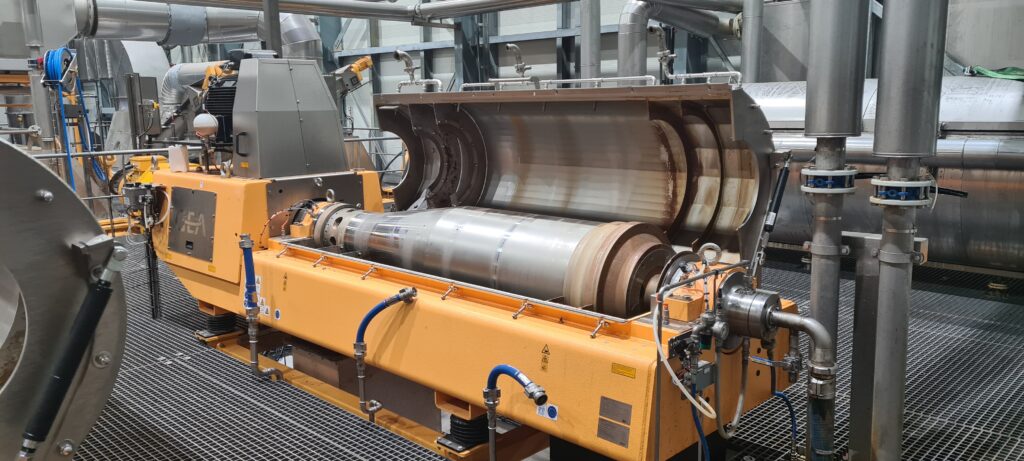
Fyrr á þessu ári lét Þorsteinn Ingvarsson af störfum sökum aldurs, en hann hafði verið svæðisstjóri Matís á Austurlandi um árathuga skeið. Báru allir þeir sem rætt var við hjá fyrirtækjunum honum sérlega vel söguna, og er ljóst að þeir sem nú hafa tekið við kindlinum taka við góðu búi og orðspori.
Þakkar Matís fyrirtækjunum sem heimsótt voru fyrir góðar móttökur og hlakkar til góðs samstarfs í náinni framtíð, enda er mikil gróska í matvælaframleiðslu á Austurlandi.
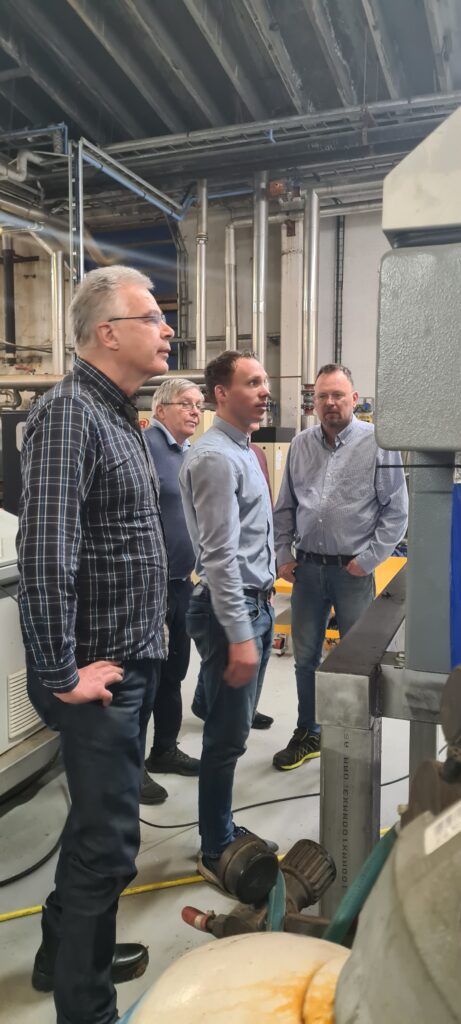
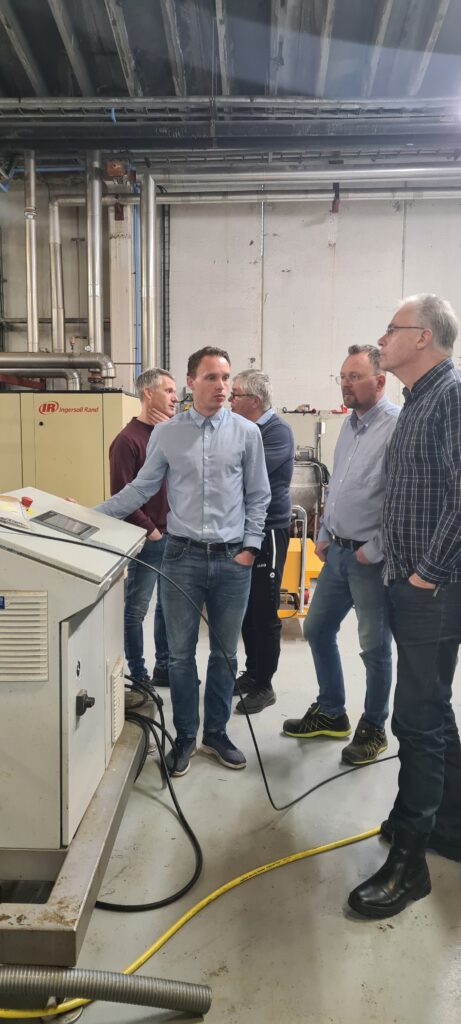

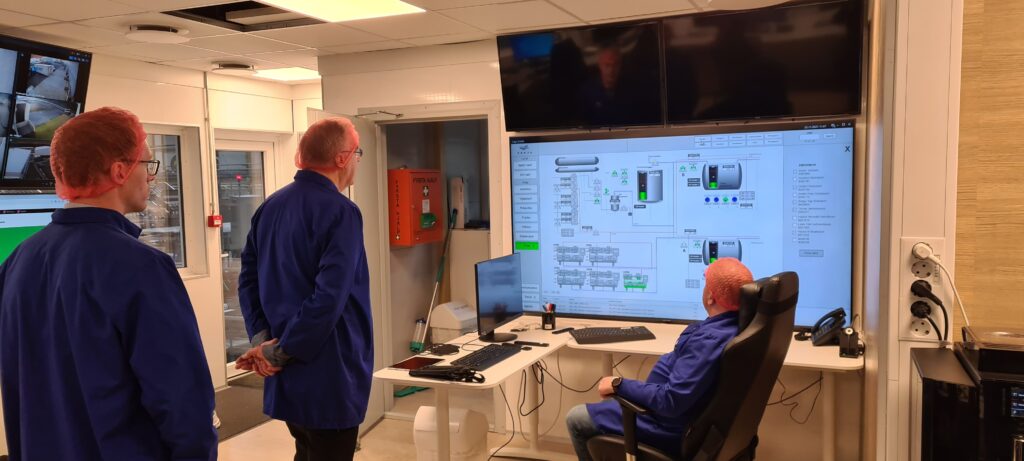
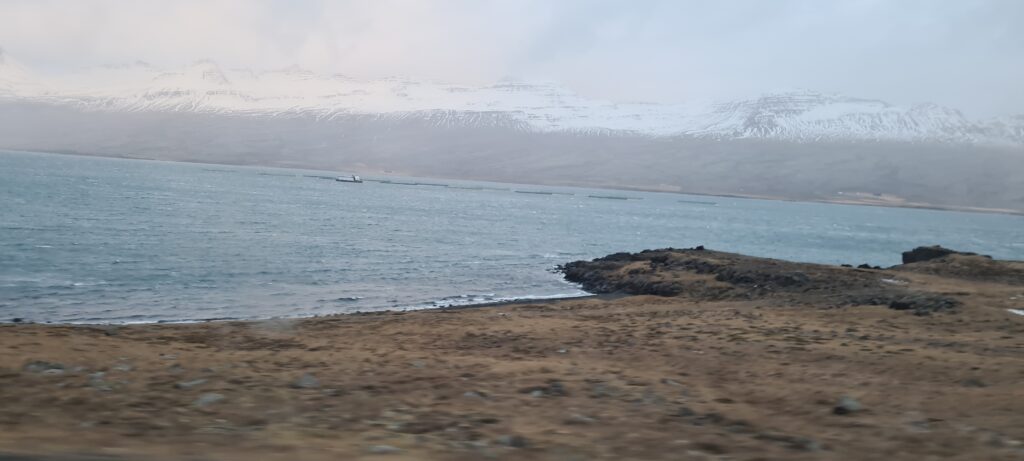
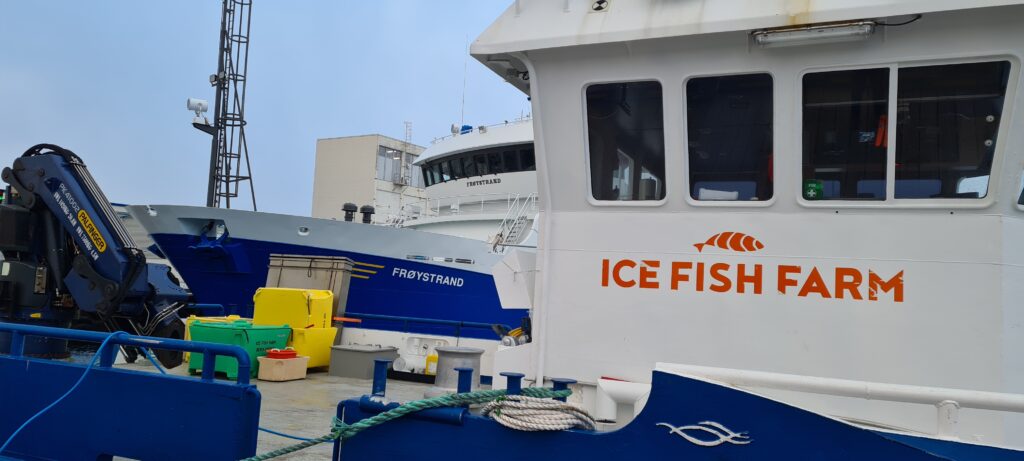
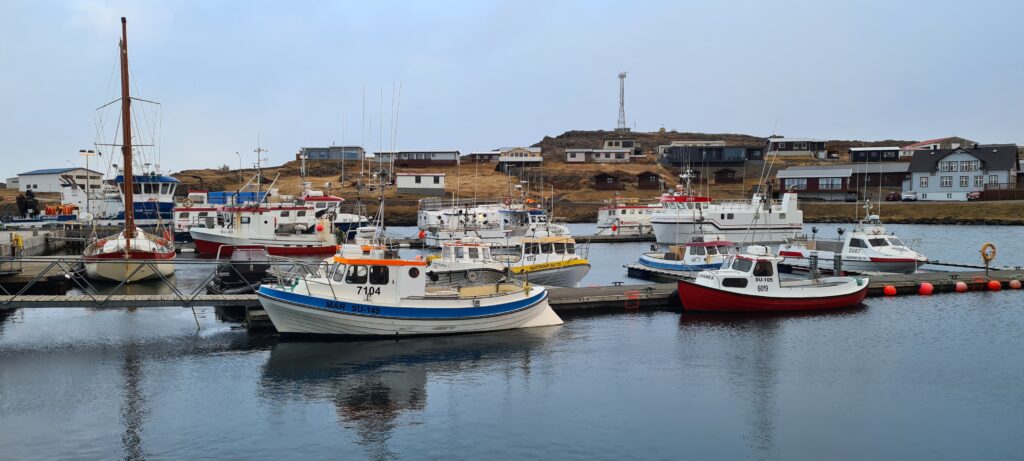
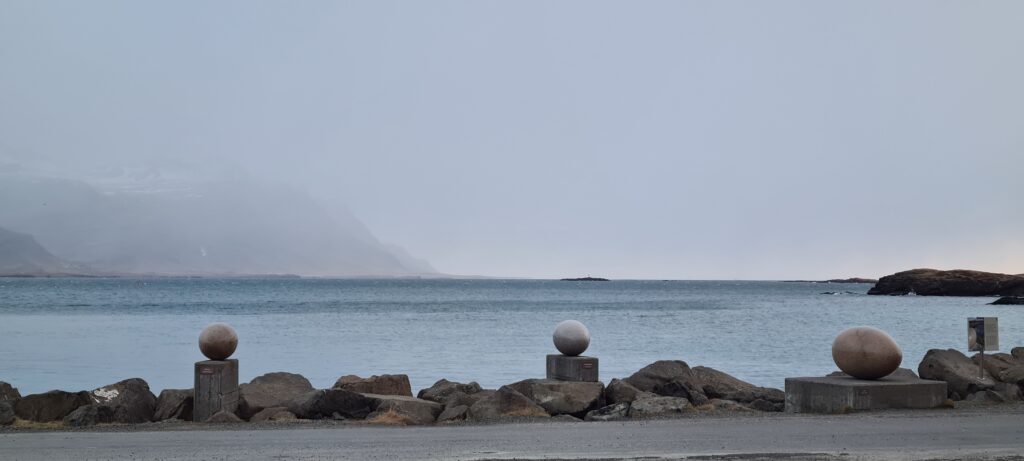
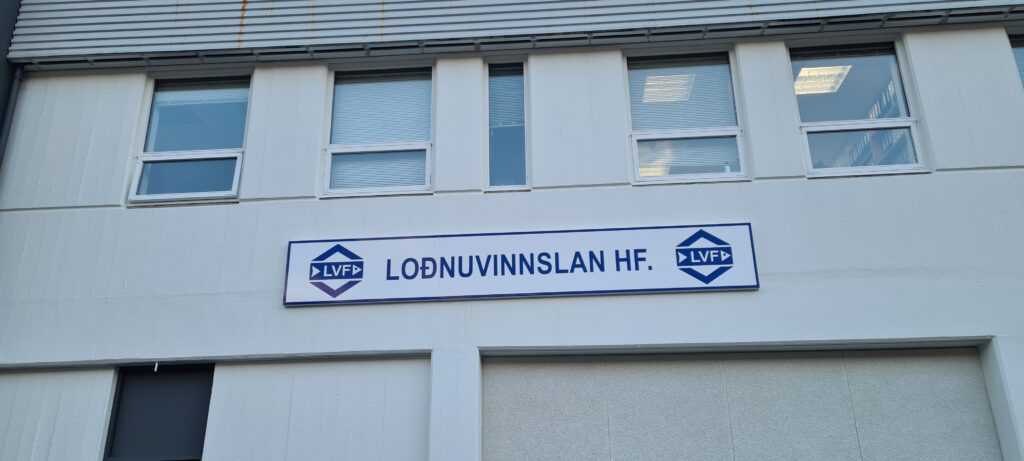
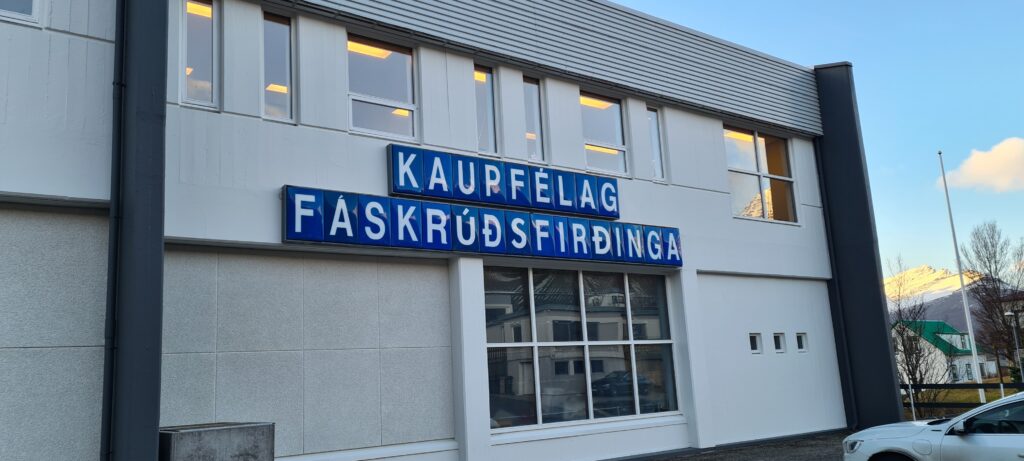
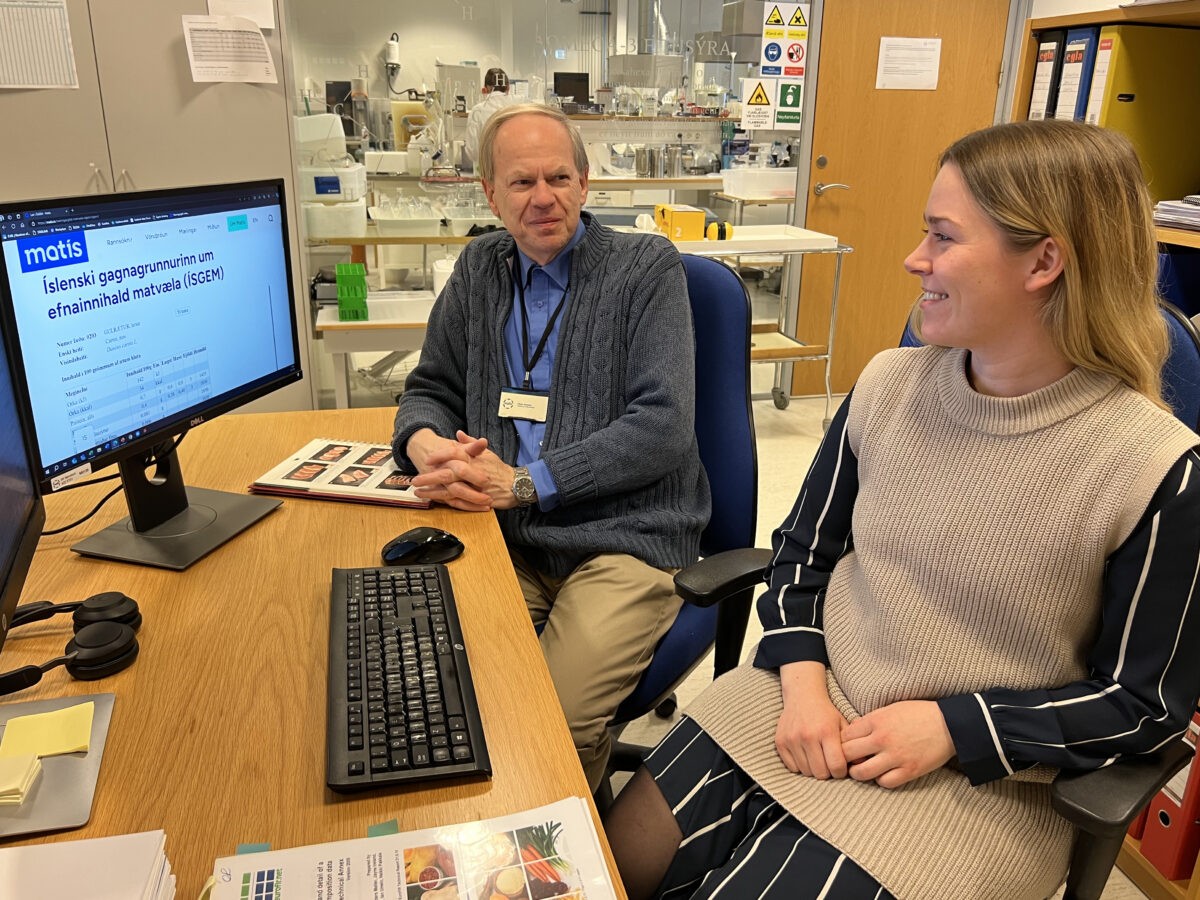
Íslenski gagnagrunnurinn um efnainnihald matvæla (ÍSGEM) er í umsjón Matís og á matis.is er hægt að finna upplýsingar um þau næringarefni sem hafa verið skráð í gagnagrunninn. Þar er einnig að finna skýringar og upplýsingar um gögnin og uppruna þeirra. Í ÍSGEM hefur verið safnað gögnum um helstu næringarefni í mörgum fæðutegundum sem eru á markaði á Íslandi. Þetta er eini gagnagrunnur sinnar tegundar á Íslandi enda er hann opinber gagnagrunnur fyrir Ísland.
Hlutverk gagnagrunna sem geyma upplýsingar um næringarefnin í matnum okkar er að veita notendum traustar upplýsingar um þessi efni. Það er áríðandi að þessar upplýsingar séu réttar því margir einstaklingar byggja á þeim vegna sérþarfa eða til að halda góðri heilsu. Ráðgjafar verða að veita skjólstæðingum og sjúklingum réttar upplýsingar og starfsfólk fyrirtækja verður að veita réttar upplýsingar um næringargildi framleiðsluvara sinna.
Við skráningu á gögnum um næringarefni í ÍSGEM er notað sérstakt gæðakerfi til að tryggja að allar upplýsingar séu réttar. Tryggja þarf að vinnubrögð hafi verið vönduð allt frá sýnatöku og efnamælingum til framsetningar á niðurstöðum. Upplýsingar um gögnin eru skráð nákvæmlega þannig að þau eru rekjanleg til frumheimildar.
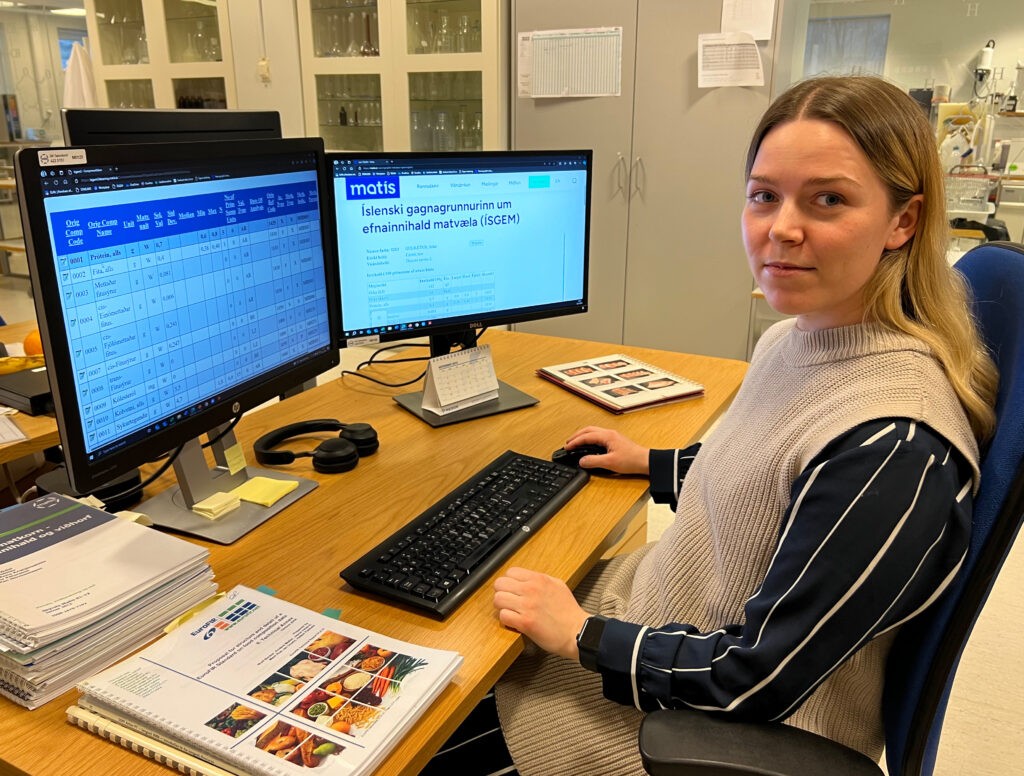
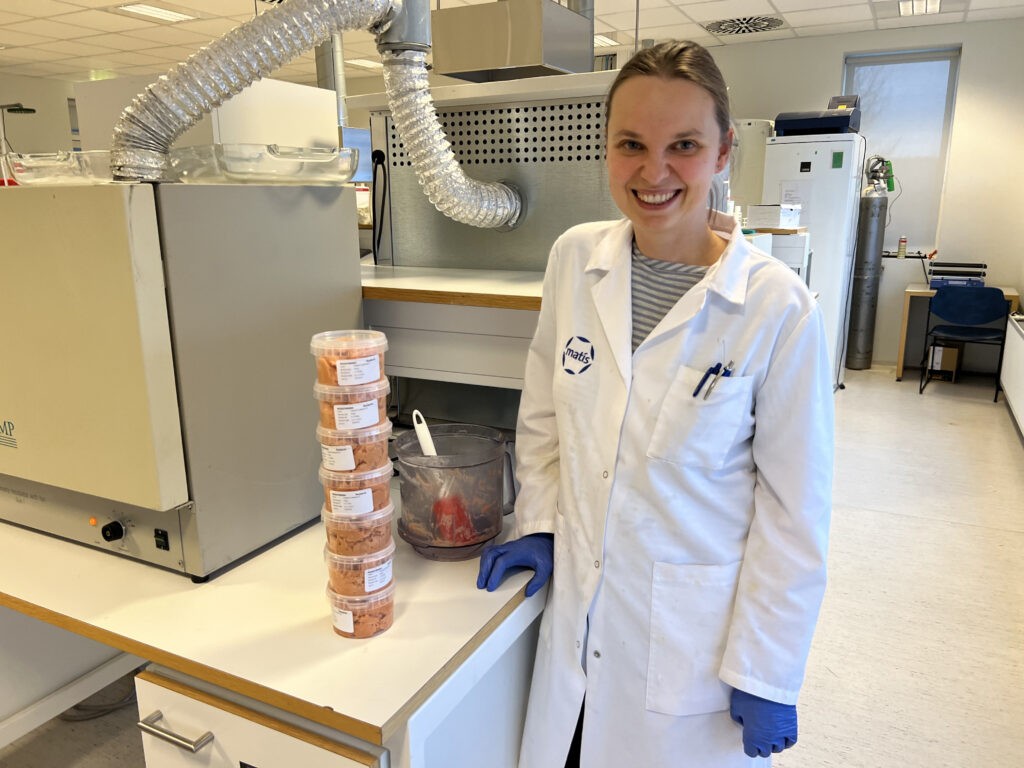
Í dag gera internetið, samfélagsmiðlar og gervigreind okkur mögulegt að sækja alls konar upplýsingar með einföldum hætti hvar og hvenær sem er en oft er ekki ljóst hver frumheimildin er. Upplýsingarnar geta verið mjög vandaðar en stundum eru þær takmarkaðar, villandi eða beinlínis rangar. Oft eru upplýsingar jafnvel settar fram til þess eins að þjóna viðskiptalegum markmiðum eða fylgja tískustraumum. Þegar málið snýst um næringarefnin og heilsu er áríðandi að hafa aðgang að sannreyndum, gæðametnum upplýsingum eins og finna má í opnum aðgangi ÍSGEM.
Notendur ÍSGEM hafa verið margir í gegnu tíðina en gagnagrunnurinn varð til árið 1987 hjá Rannsóknastofnun landbúnaðarins þegar mælingar á næringarefnum og öðrum efnum í íslenskum matvælum voru gerðar svo til í fyrsta skipti.
Almenningur hefur sótt þangað upplýsingar, ekki síst þau sem þurfa að huga að mataræðinu heilsu sinnar vegna. Einnig má nefna rannsóknafólk í næringarfræði og næringarráðgjafa. Allar íslenskar landskannanir á mataræði hafa nýtt ÍSGEM. Fólk í matvælafyrirtækjum hefur auk þess nýtt þennan gagnagrunn við vöruþróun og merkingar á næringargildi.
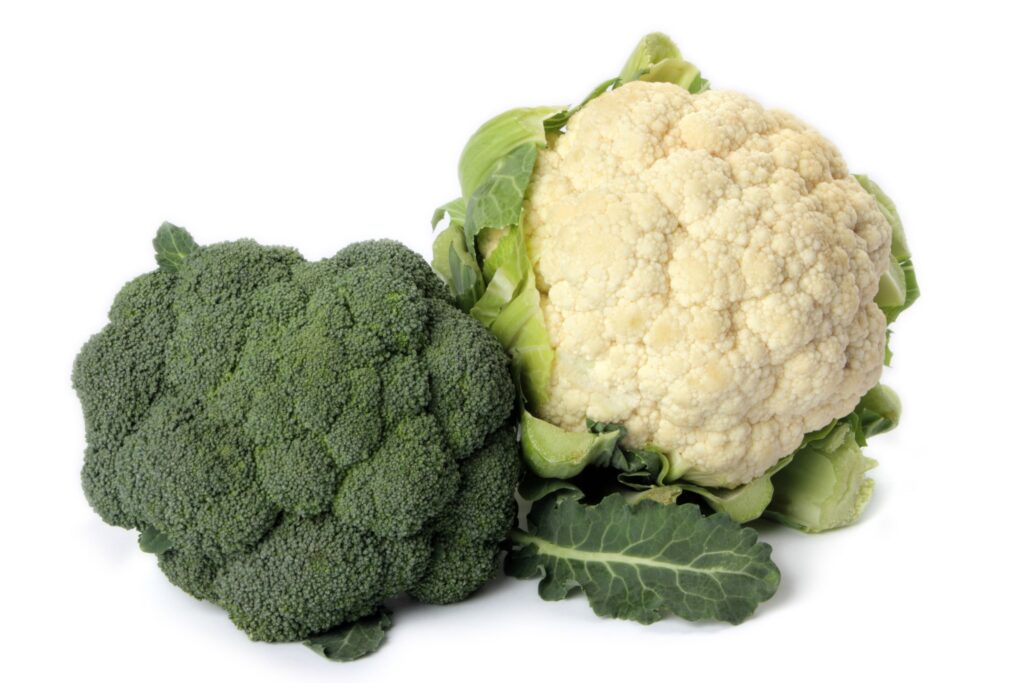
ÍSGEM gagnagrunnurinn er einn af innviðum Íslands. Eðli málsins samkvæmt þarf að uppfæra ÍSGEM reglulega því samsetning matvæla breytist til dæmis vegna umhverfisáhrifa, breyttrar fóðrunar, breyttra uppskrifta og svo þarf að bæta við nýjum niðurstöðum þegar ný matvæli koma á markað.
Sérstaklega er mikilvægt að viðhalda uppfærðum upplýsingum í gagnagrunninum svo að fólkið í landinu geti áfram með einföldum hætti nálgast traustar og réttar upplýsingar sem eru yfirfarnar af vísindafólki.
Rannsóknasjóðir styrkja almennt ekki viðhald innviða en hjá Matís er fyrst og fremst unnið fyrir styrki. Hjá Matís er þó einnig unnið fyrir þjónustusamning við Matvælaráðuneytið en þess er vænst að vinna við ÍSGEM gagnagrunninn verði hluti af þjónustusamningnum frá árinu 2024.
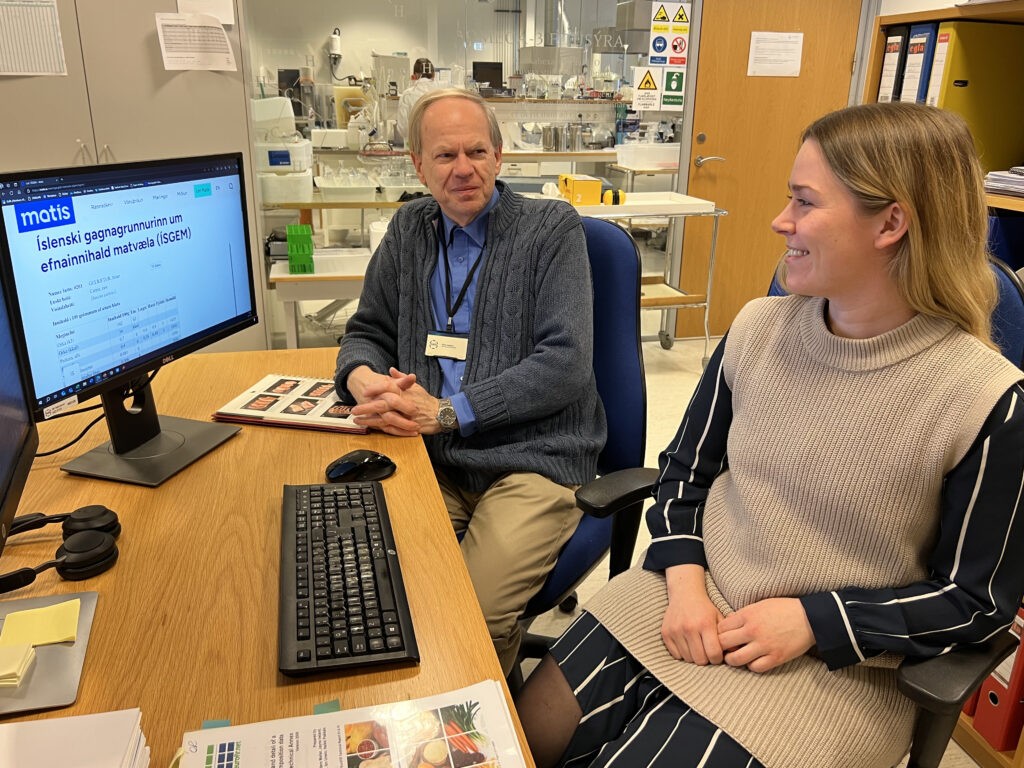
Í gegnum tíðina hefur gagnagrunnurinn verið nýttur í fjölbreytt verkefni í samstarfi við ýmsa aðila eins og fram hefur komið. Matvælasjóður styrkti á árunum 2022-2023 verkefnið Næringargögn – Lykill að lýðheilsu og nýsköpun. Í þessu verkefni var gæðakerfi fyrir ÍSGEM þróað, notendahandbók tekin saman og hluti gagna uppfærður. Nýlegt verkefni sem unnið var að hjá Matís í samstarfi við Samtök smáframleiðenda matvæla/ Beint frá býli með styrk frá Matvælasjóði fól í sér að þróað var vefforrit sem reiknar út næringargildi matvæla út frá uppskrift. Um er að ræða vefforrit sem sækir upplýsingar í ÍSGEM en það auðveldar útreikninga á næringargildi til muna. Vefforritið má nálgast hér.
Vonast er til þess að á næstu árum verði hægt að nýta ÍSGEM til að miðla upplýsingum um kolefnisspor matvæla. Verkefnið Kolefnisspor Íslenskra Matvæla (KÍM) sem unnið er í samstarfi Matís, Næringarfræðideildar Háskóla Íslands og Eflu verkfræðistofu var veittur styrkur úr Matvælasjóði nýlega. Markmið verkefnisins er að veita neytendum, stjórnvöldum og hagsmunaaðilum á Íslandi áreiðanlegar, gagnsæjar og samanburðarhæfar upplýsingar um umhverfisáhrif íslenskra matvæla. Eitt þriggja megin markmiða verkefnisins er uppfærsla á ÍSGEM gagnagrunninum sem mun þá einnig birta kolefnisspor íslenskra matvæla samhliða næringarupplýsingum þegar verkefninu lýkur.
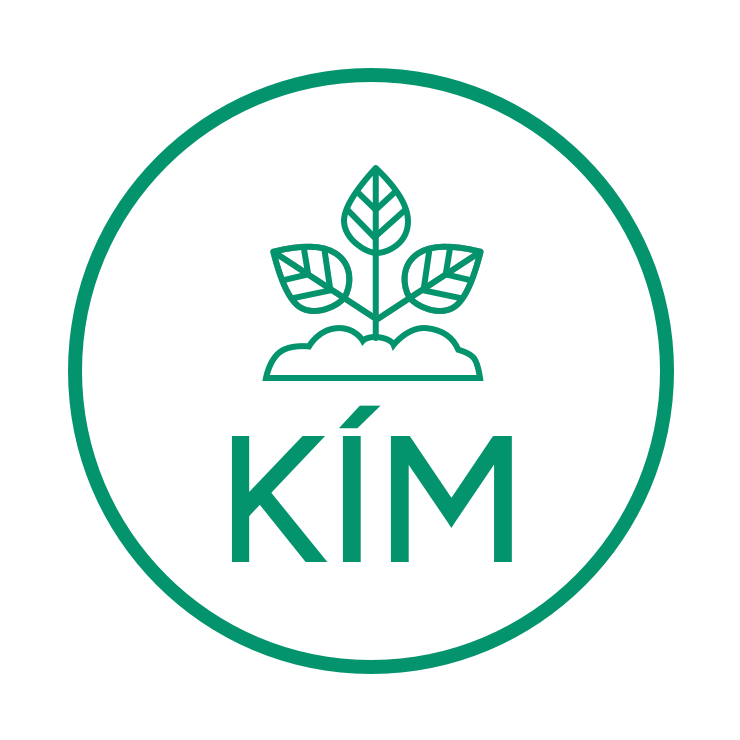
Tækifærin fyrir ÍSGEM gagnagrunninn eru mörg og spennandi þar sem gríðarlegt virði er fólgið í því að hafa traustar upplýsingar um næringarinnihald matvæla aðgengilegar fólki og fyrirtækjum. Framtíðarsýnin er sú að ÍSGEM geti orðið heildstæð upplýsingaveita um matvæli. Mikilvægt er að tryggja stuðning til viðhalds og viðbóta og áhugavert verður að fylgjast með framvindu þessara mála á næstu misserum.
ÍSGEM gagnagrunnurinn er aðgengilegur ásamt skýringum og notkunarleiðbeiningum hér: Íslenski gagnagrunnurinn um efnainnihald matvæla (ÍSGEM)
Fróðlegur hlaðvarpsþáttur um ÍSGEM er aðgengilegur hér: ÍSGEM: Upplýsingaveita um innihaldsefni matvæla

Tveir af sviðsstjórum Matís, þeir Guðmundur Stefánsson og Jónas R. Viðarsson, brugðu undir sig betri fætinum í síðustu viku og heimsóttu nokkur vel valin matvælaframleiðslufyrirtæki á Vestfjörðum.
Svo að sendinefndin væri nú ekki einvörðungu skipuð „sérfræðingum að sunnan“ slógust í för með þeim þau Gunnar Þórðarson svæðisstjóri Matís á Vestfjörðum og Guðrún Anna Finnbogadóttir frá Vestfjarðarstofu.
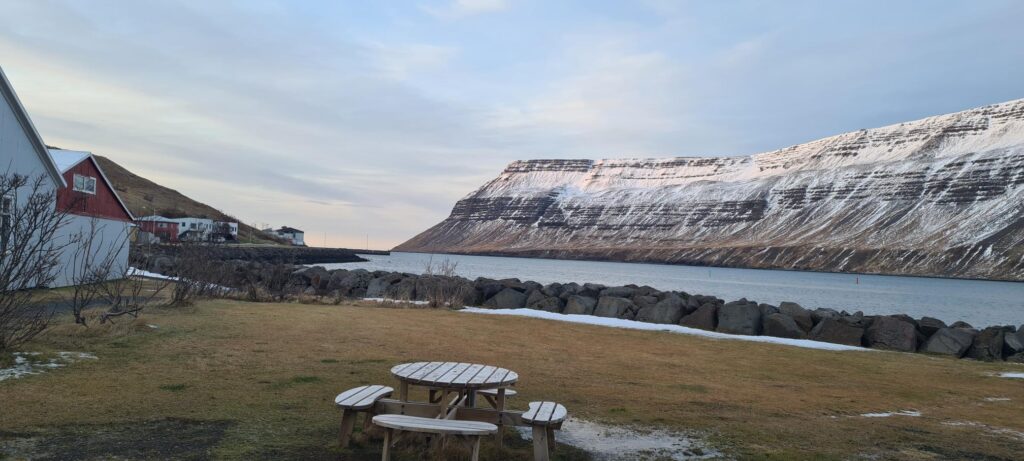
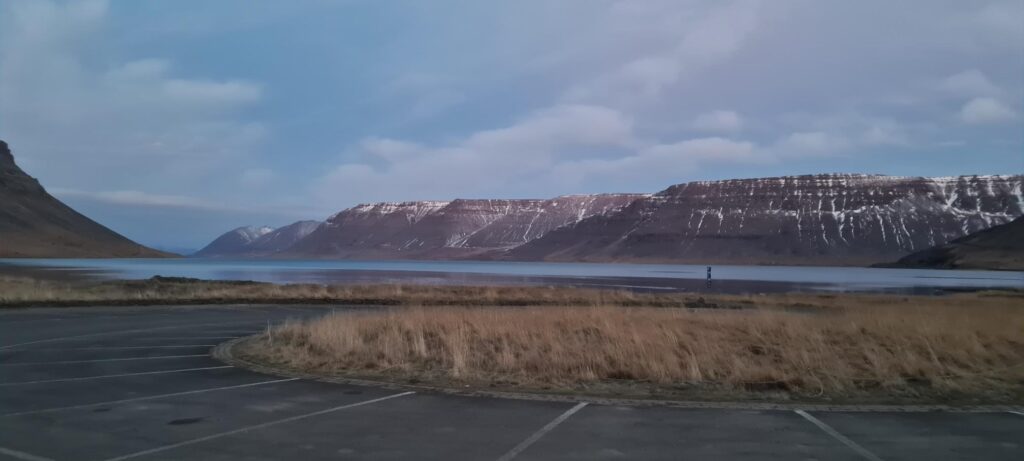
Vestfirðir tóku afskaplega vel á móti hópnum, með sól í heiði og bros í hjarta. Fyrirtækin sem voru heimsótt voru Arnarlax á Bíldudal, Oddi á Patreksfirði, Arctic Fish og Drimla í Bolungavík, Klofningur og Fisherman á Suðureyri, auk þess sem fulltrúar Vesturbyggðar áttu fund með hópnum til að kynna þá starfsemi sem fyrirhuguð er í Vatneyrarbúð á Patreksfirði.
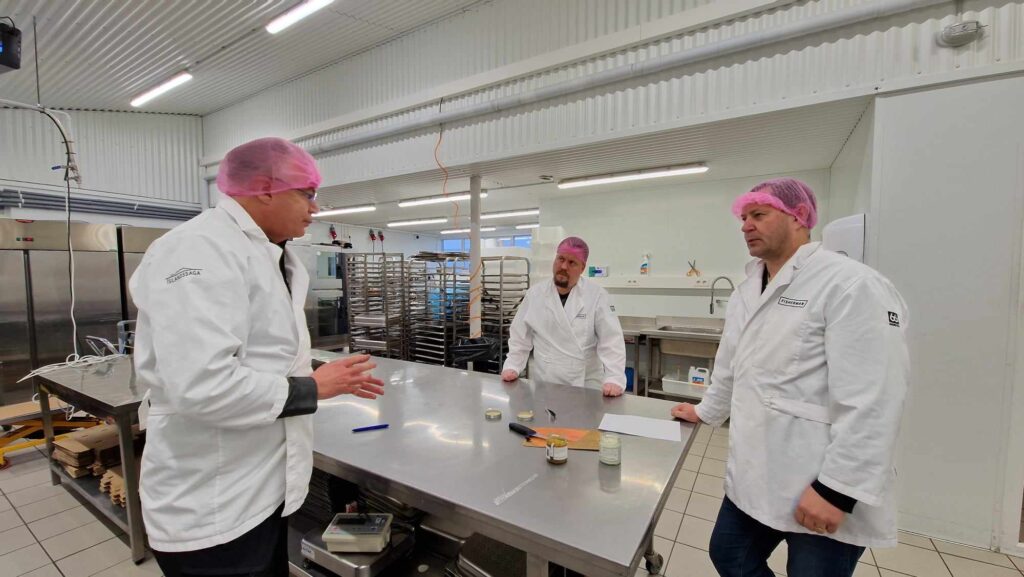
Þessi heimsókn á Vestfirði var einstaklega ánægjuleg og lærdómsrík, enda mikil sókn í gangi í atvinnumálum á svæðinu. Væntir Matís þess að unnt verði, á komandi mánuðum, að hlúa enn betur að því góða samstarfi sem fyrirtækið hefur átt við aðila á svæðinu. Framtíðin er björt í atvinnumálum á Vestfjörðum
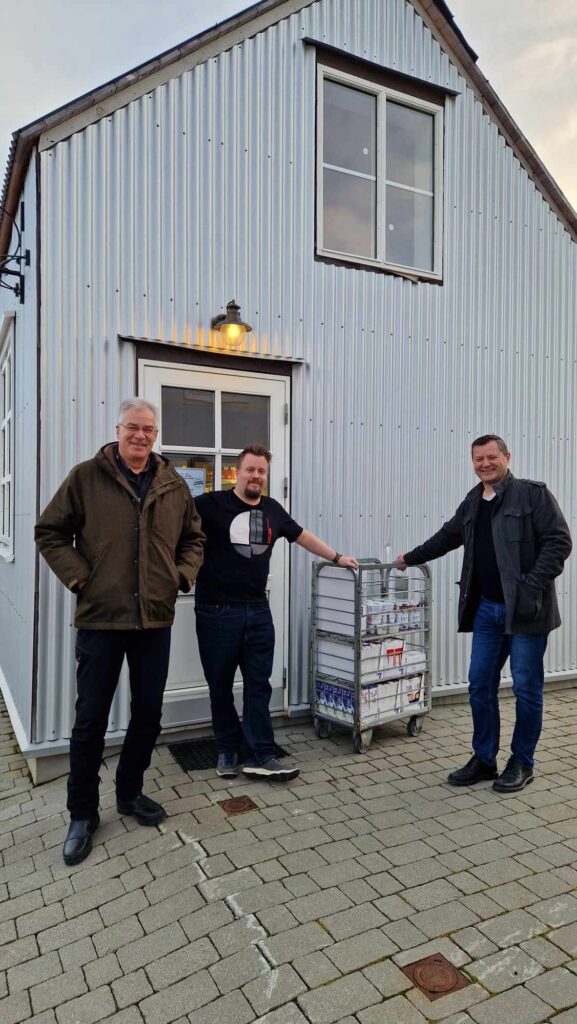

Til hægri: Heimsókn í Drimlu, sláturhús Arctic Fish í Bolungarvík.

Ólafur Reykdal og Eydís Ylfa Erlendsdóttir eru sérfræðingar í Íslenska gagnagrunninum um efnainnihald matvæla sem alla jafna er kallaður ÍSGEM. Þau eru viðmælendur í þessum þætti af Matvælinu, hlaðvarpi Matís um rannsóknir og nýsköpun í matvælaframleiðslu.
Í þættinum ræða þau um sögu ÍSGEM og tilgang gagnagrunnsins en sögu hans má rekja aftur til ársins 1987 þegar næringarefni ýmissa matvæla voru skráð í fyrsta skipti á Íslandi. Þau ræða jafnframt um gildi ÍSGEM og koma inn á það hvers vegna mikilvægt er að fólk á Íslandi hafi aðgang að sannreyndum, og gæðametnum upplýsingum um matvæli og næringarefni í opnum aðgangi.
Þau koma einnig inn á það hvernig nálgast má gögnin og nýta þau, hver staðan er á gögnunum í dag, hvar tækifærin liggja og ekki síst hvernig bæta mætti við grunninn og víkka hann út svo hann verði allsherjar upplýsingaveita fyrir matvæli.
Hlustaðu á þáttinn í heild sinni hér:
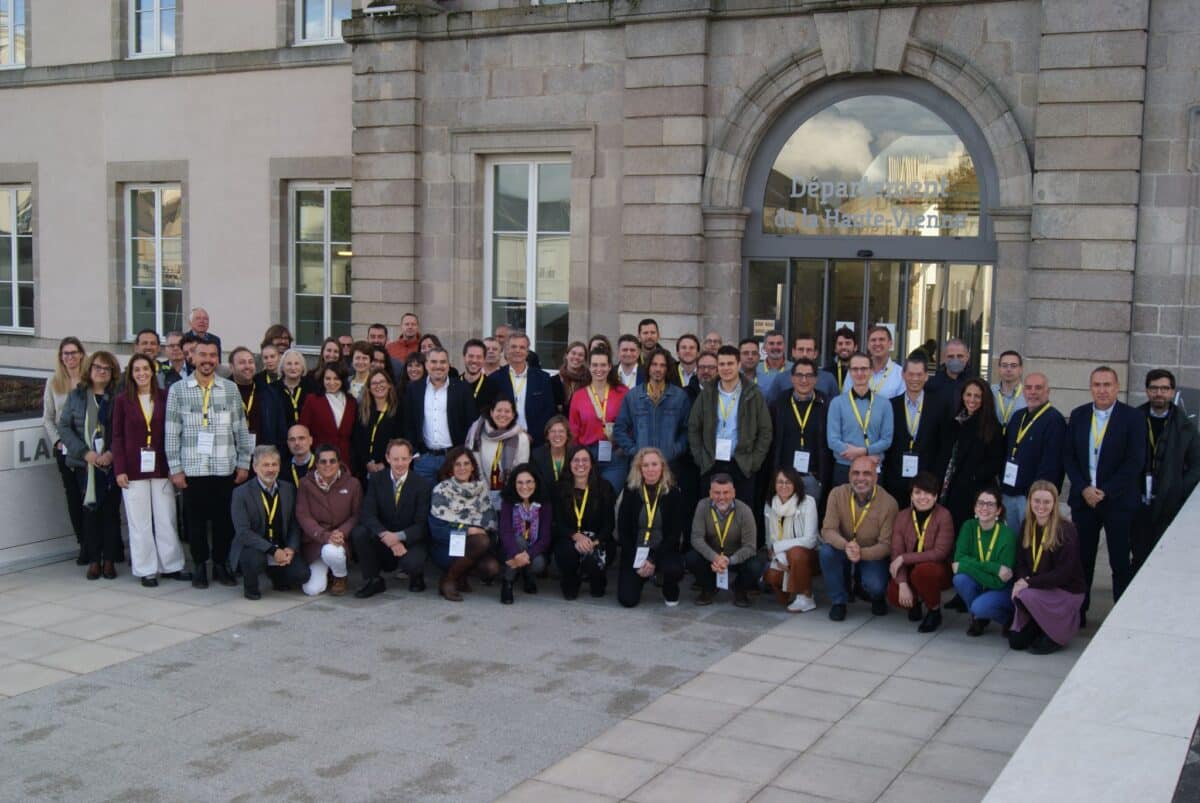
Dagana 7.-10. nóvember sl. fór fram í Limoges í Frakklandi upphafsfundur Natalie verkefnisins sem Matís er aðili að. Megin áhersla verkefnisins er á að þróa náttúrutengdar lausnir NSB (e. Nature-based solutions) til að sporna við og/eða bregðast við áhrifum loftslagsbreytinga.
Natalie er fimm ára verkefni, sem unnið verður af 42 þátttakendum víðsvegar að úr Evrópu. Hlutverk Íslands í verkefninu er að sannreyna nýjar útfærlsur náttúrumiðaðra aðferða um mat á áhrifum loftlagsbreytinga á strandsvæði og lífríki þeirra. Verkefnið er umfangsmikið og flókið í allri framkvæmd og miðaði fundurinn að því að fá alla að borðinu, kynna sig og þá verkefnahluta sem hver hefur yfir að ráða.
Á fundinum var farið vel yfir stjórnunarhluta verkefnisins, þ.e. til hvers er ætlast af hverjum og einum aðila þess. Einnig fór fram kynning á öllum sjö verkhlutum verkefnisins (e. work package, WP) ásamt kynningu allra þeirra 42ja aðila sem eiga aðkomu í verkefninu, þ.e. þeirra aðild í verkefninu og þeirra bakgrunnur.
Fundardagarnir voru langir en árangursríkir eins og lagt var upp með. Þess utan náði fólk að spjalla saman og kynnast sem er gríðarlega mikilvægur liður í svona umsvifamiklum verkefnum sem ná yfir jafn langan tíma og lagt er upp með í Natalie eða fimm ár.
Að loknum fundi er ljóst að framundan eru spennandi tímar þar sem Matís mun taka þátt í þróun á mati nýrra lausna til að sporna við tapi á mikilvægum vistkerfum. Áskoranir vegna loftslagsbreytinga eru fjölmargar þ.m.t. ógn við vistkerfi sem standa undir matvælaframleiðslu sem ógna þar með matvælaöryggi okkar sem þjóðar vegna staðbundinna breytinga en jafnframt á heimsvísu.
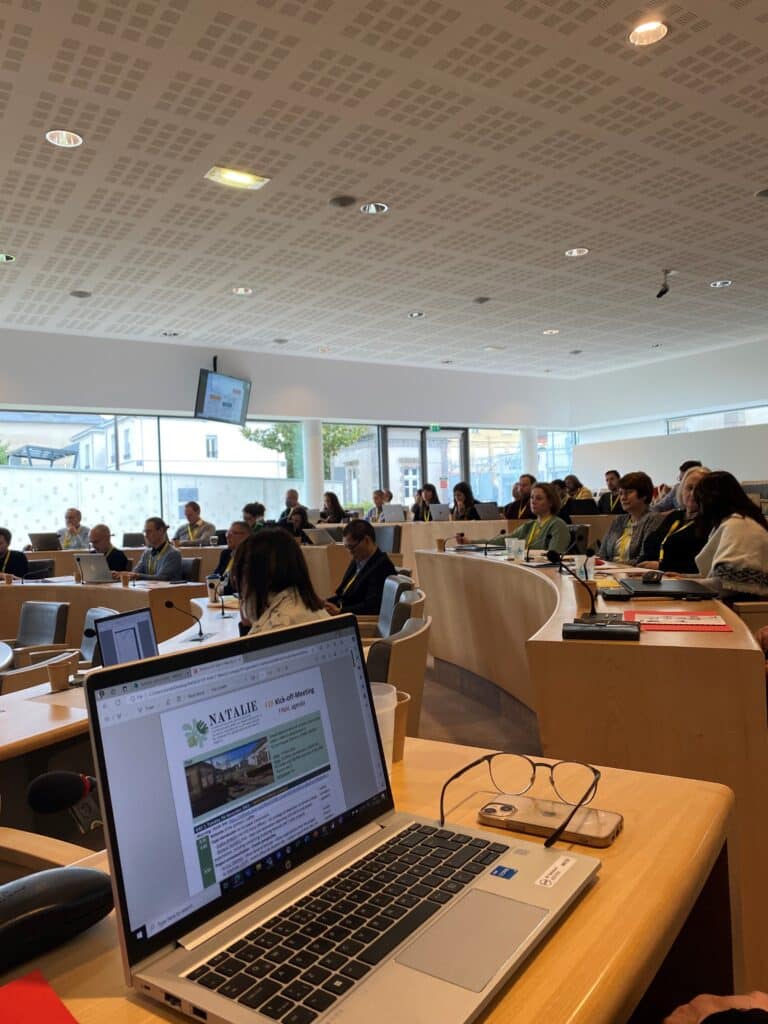
Fylgjast má með framvindu verkefnisins á verkefnasíðu þess hér: Natalie.
Einnig á erlendri verkefnasíðu samstarfsaðilanna hér: Natalie.
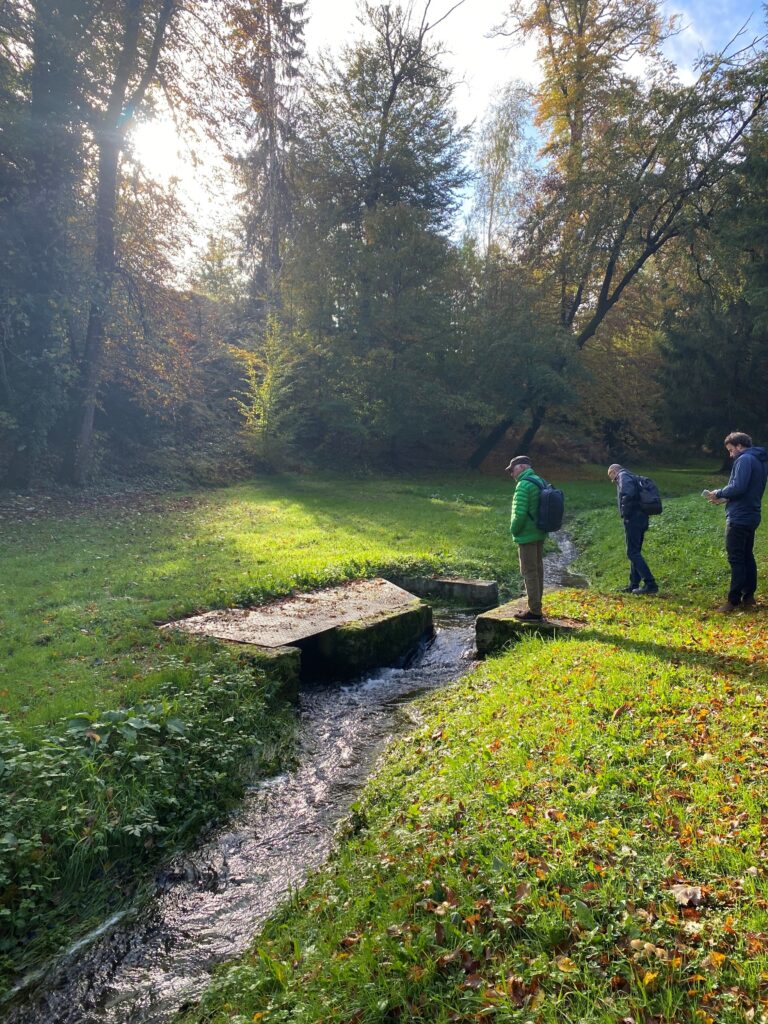

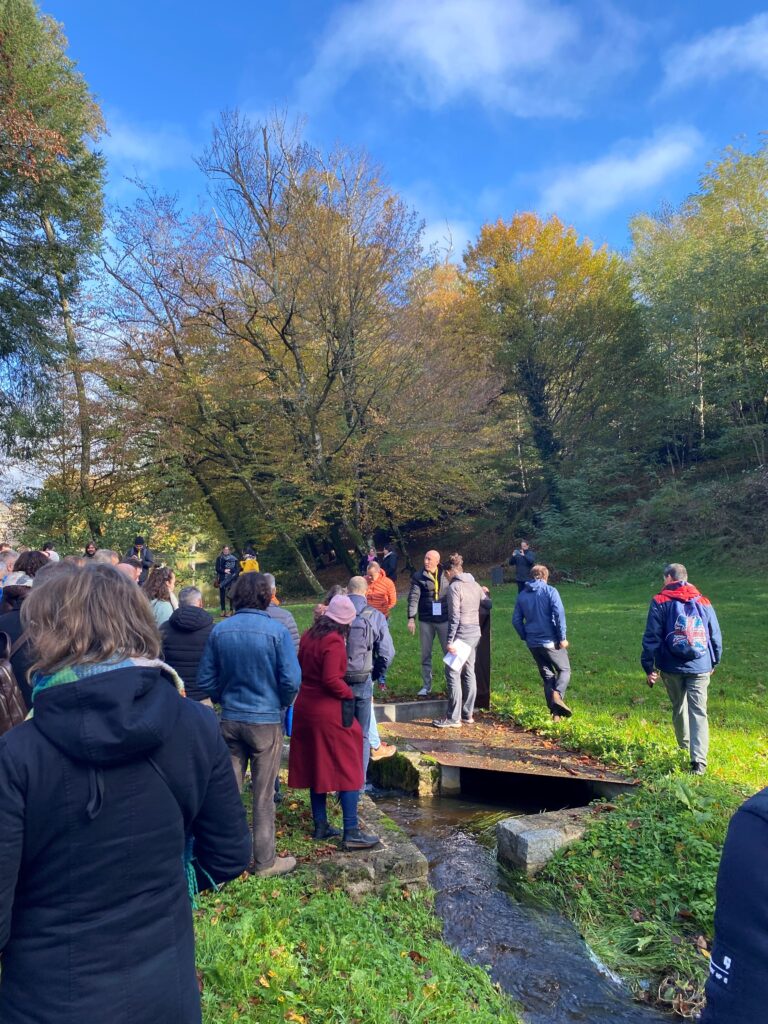

This project has received funding from the European Union’s Horizon Europe program under grant agreement N° 101112859
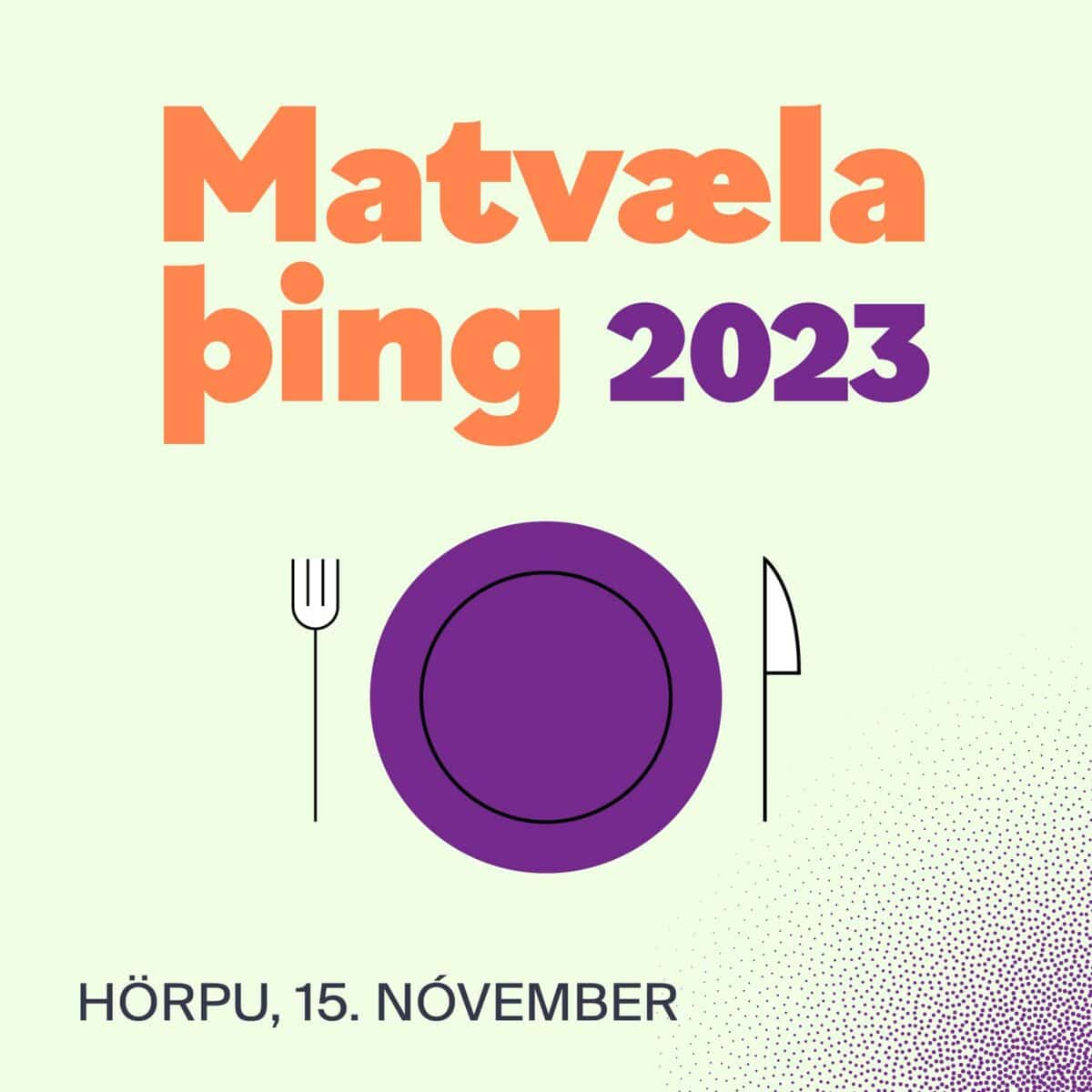
Matvælaþing verður haldið í Hörpu miðvikudaginn 15. nóvember en hringrásarhagkerfið, í samhengi við nýsamþykkta matvælastefnu til ársins 2040, er meginviðfangsefni þingsins sem er nú haldið í annað sinn.
Tveir fulltrúar frá Matís eru á mælendaskrá, þau Eva Margrét Jónudóttir, verkefnastjóri og Birgir Örn Smárason, fagstjóri faghópsins sjálfbærni og eldi.
Eva Margrét verður einn fjögurra þátttakenda í pallborðsumræðum sem bera yfirskriftina Leynast lausnir í leifunum? Nýting hráefna – engu hent. Hún mun til dæmis ræða um það hvaða tækifæri eru í aukinni nýtingu, hvaða auðlindastrauma mætti nýta betur, hver staðan er í dag og hverjar framtíðarhorfurnar eru. Gestir þingsins munu geta sent inn spurningar sem pallborðsþátttakendur ræða.
Birgir Örn mun flytja erindið Hvað er í matinn árið 2050? – framtíð matvælaframleiðslu. Þar mun hann meðal annars fjalla um þann mat sem verður borðaður árið 2050, breytingarnar sem matvælakerfin munu að öllum líkindum ganga í gegnum á næstu áratugum og ástæður þess að matvælakerfi þurfa að breytast.
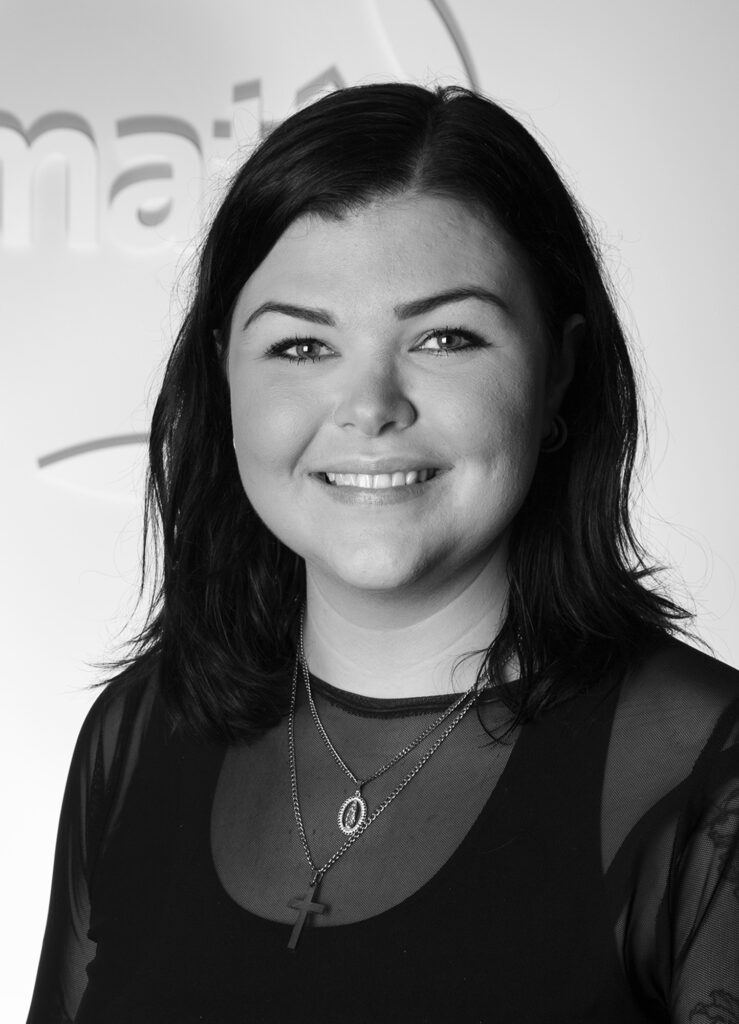

Nánari upplýsingar um viðburðinn og skráning hér: Matvælaþing 2023

Í sumar fór fram rannsókn á áhrifum efna úr þangi á öldrunareinkenni heilbrigðrar húðar. Nú er rannsóknini lokið og tveir vinningshafar hafa verið dregnir út sem fengu 20 þúsund króna gjafabréf og hefur verið haft samband við þá.
Rannsóknin gekk vel og við þökkum öllum þátttakendum kærlega fyrir þeirra tíma og framlag.
Rannsóknin var hluti af verkefninu MINERVA sem miðar að því að auka og bæta nýtingu stórþörunga sem framleiddir eru á sjálfbæran hátt og þróa nýjar verðmætar vörur úr þeim. Verkefnið er styrkt af ERA-NET Cofund Blue Bioeconomy og er samstarfsverkefni fyrirtækja, háskóla og rannsóknafyrirtækja á Írlandi, Íslandi og í Svíþjóð.
Nánari upplýsingar um verkefnið Minerva má nálgast á verkefnasíðu þess hér: MINERVA

Aðalheiður Ólafsdóttir, skynmatsstjóri Matís er viðmælandi í nýjum þætti af Matvælinu, hlaðvarpi Matís um rannsóknir og nýsköpun í matvælaframleiðslu.
Hún ræddi allt það sem í skynmatinu felst, af hverju það er mikilvægt og fyrir hver. Hún sagði auk þess sögur af þeim fjölbreyttu verkefnum sem hún hefur fengist við sem skynmatsstjóri, allt frá því að meta mýkt og lykt af andlitskremi yfir í að meta galtarlykt af kjöti, eiginleika próteindufts úr krybbum og bragð og áferð af þara.
Spjallið er létt og skemmtilegt og afar fróðlegt fyrir þau sem velta fyrir sér spurningum á borð við:
- Hvað er skynmat og hvernig fer það fram?
- Af hverju er mikilvægt að skynmeta neysluvörur?
- Hvaða eiginleikum þurfa skynmatsdómarar hjá Matís að vera gæddir?
- Hver geta nýtt sér skynmatsþjónustu Matís?
Hlustaðu á þáttinn í heild sinni hér:
Þáttastjórnandi er Ísey Dísa Hávarsdóttir
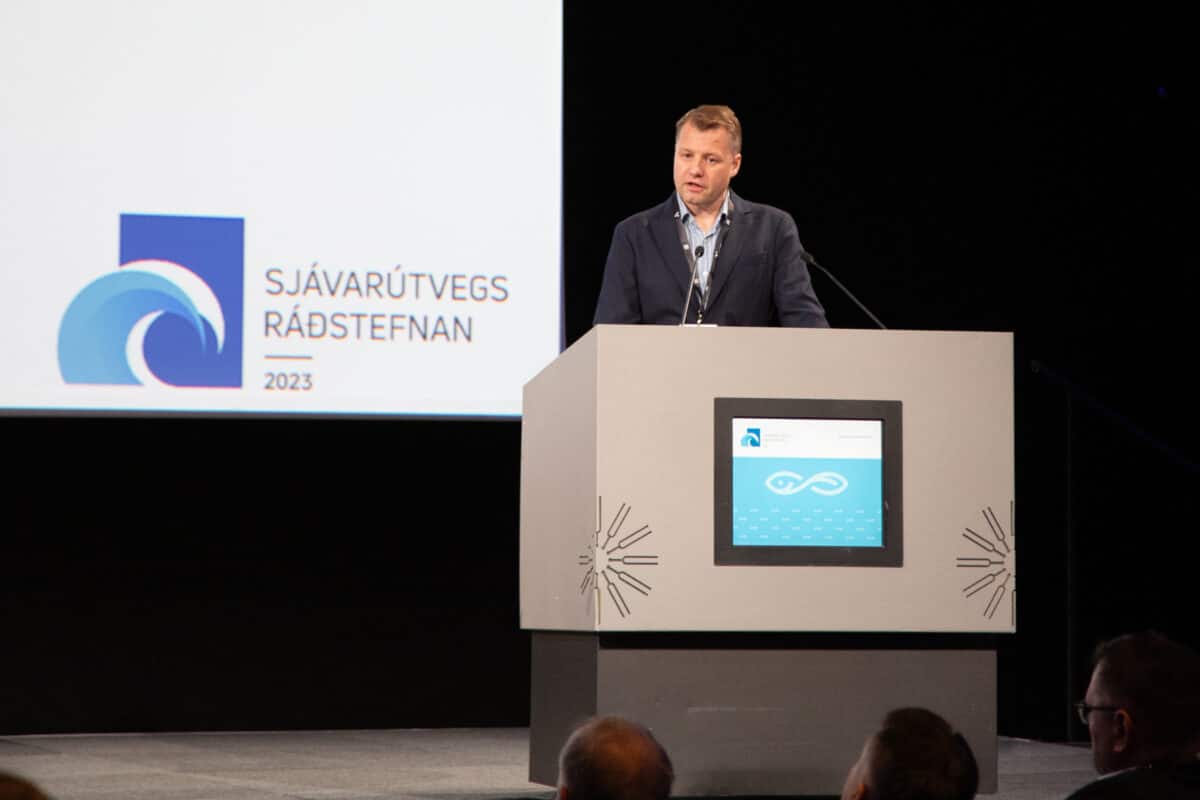
Matís vinnur um þessar mundir að umfangsmilkilli rannsókn þar sem gerðar eru tilraunir með frystingu á laxi með segul- og hljóðbylgjufrystingu í samstarfi við Kælismiðjuna Frost og sjávarútvegsfyrirtækið Odda á Patreksfirði.
Þessi frystiaðferð er nýjung hér á landi og hún er að mestu óþekkt í Evrópu en lítillega þekkt í Asíu. Miðað er við að tilraunirnar taki sex mánuði og því gætu frumniðurstöður legið fyrir um mitt næsta ár. Ætlunin er að fá mynd á það hvernig hljóðbylgjufryst laxaflök bregðist við samanborið við hefðbundna blástursfrystingu og er þá ekki síst horft til áhrifa af slíkri frystingu á vöruna til lengri tíma.
Við hefðbundna blástursfrystingu segir Sigurður J. Bergsson, tæknistjóri Frosts, að frumuveggirnir í fiskholdinu springi og frumuvökvinn eigi þannig greiða leið út. Þegar fiskflakið sé þítt upp leki vökvinn út og við það minnki gæði fisksins töluvert. Með segul- og hljóðbylgjufrystingunni sé komið í veg fyrir að frumuveggirnir springi og vökvinn fari úr fiskholdinu. Þar með haldist ferskleikinn í vörunni. „Markaðurinn gerir auknar kröfur um ferska frosna vöru og með þessari frystiaðferð teljum við að sjávarútvegurinn geti mætt þeim með framboði á ferskum sjávarafurðum með mun lengri líftíma en mögulegt er í dag,“ segir Sigurður.
Lýsa má segul- og hljóðbylgjufrystingunni sem grænni tækni með háa orkunýtingu þar sem hljóðbylgjum er beitt til þess að stjórna og draga úr uppbyggingu kristallanna í fisk- og kjötholdi. Sigurður segir þessa aðferð bæta frystiferlið og flýta því, hún skili einsleitari og smærri ískristöllum, það hægi á oxunarbreytingum sem leiði til verulega minni skemmda á matvælunum.
Sigurður segir að segul- og hljóðbylgjufrystingin hafi verið prófuð á ýmsum vörutegundum og frumniðurstöður sýni að vara sem fryst er með þessari aðferð bragðist nánast eins og fersk.
Áhugavert verður að sjá hvað þessi rannsókn Matís, Odda og Frosts á laxi leiði í ljós. Gefi hún jákvæðar niðurstöður og rannsakendur verði þar með enn sannfærðari um fýsileika þess að þróa þessa tækni áfram telur Sigurður að sjávarútvegsfyrirtækin verði fljót að taka við sér. Kælismiðjan Frost og Matís hafa unnið með sjávarútveginum að ýmsum lausnum í gegnum árin, bæði á hvítviski og uppsjávarfiski og því er til staðar mikil reynsla og traust. Markmiðið er alltaf að gera enn betur fyrir sjávarútvegsfyrirtækin í landinu.
Umfjöllun frá Kælismiðjunni Frost um verkefnið má lesa í heild sinni hér: Frost kynnir segul- og hljóðbylgjufrystingu á Sjávarútvegsráðstefnunni 2023
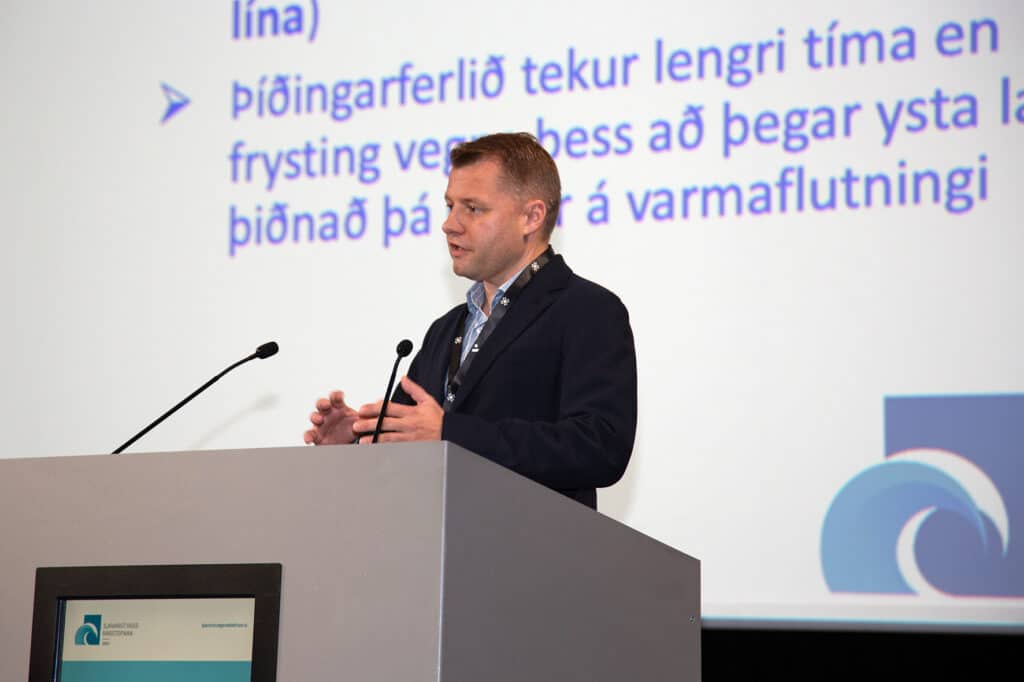

Sjávarútvegsráðstefnan var haldin í Hörpu í liðinni viku og þar var ein málstofa tileinkuð þróun í frystitækni. Sæmundur Elíasson verkefnasstjóri hjá Matís og Sigurjón Arason yfirverkfræðingur hjá Matís fluttu þar erindi. Sæmundur fjallaði um nýlega tækniþróun í frystingu og þíðingu og Sigurjón um frystingu fyrir og eftir dauðastirðnun. Í málstofnunni kynnti Sigurður Bergsson hjá Kælismiðjunni Frost svo rannsóknir á segul- og hljóðbylgjufrystingu.

